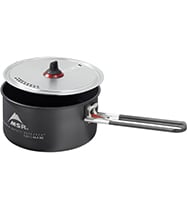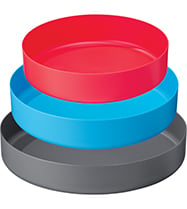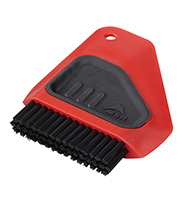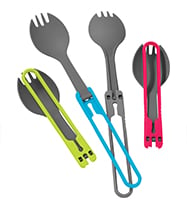5 Ways to Be a Cleaner Backcountry Camper
While backcountry trip planning quickly conjures up a long list of questions (How much food do I need? What equipment should I bring? Is the weather going to cooperate?), very rarely do they circle back to our impact on nature. We may pride ourselves on memorizing low-impact tenets, and dig our personal latrines six to eight inches deep and 200 feet from the nearest water source, but our presence always leaves a mark. It may be impossible to keep our wilderness camp spot exactly the way we found it, but here are five great ways to become a cleaner, more conscientious backcountry camper.
1. Keep groups small
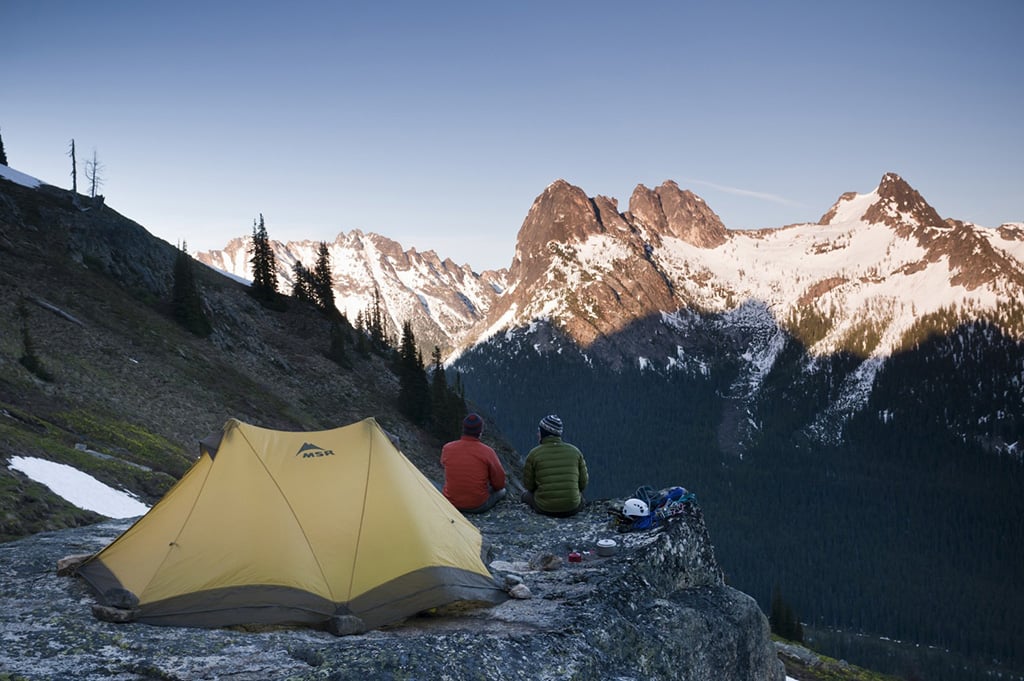
This may seem like an obvious one: The less people camping on a site, the less chance there is for disruption of nature. Backpacking into beautiful places tends to draw a crowd, but if you keep your numbers between under six, you can keep your tent sites to a minimum and the gear sprawl becomes a lot more contained. Also, the idea of camping on already established sites (per the Leave No Trace principles) becomes a lot more feasible when you aren’t looking to shelter an entire armada of hikers. More, make sure those camp sites are on durable mineral surfaces like pebbles, sand, or rock, and avoid soil or vegetated locations when you can. Wearing soft shoes around camp, avoiding popular routes and moving camp every night are other ways to keep impact low.
A small group also helps reduce the affect of humans when traveling off-trail. Instead of following a single file line that could cut an unwanted path through important vegetation, spread out to tread lighter over a wider area. Where applicable, stick to durable terrain like rocks and gravel, where vegetation is less likely to be affected.
2. Have a dishwashing plan
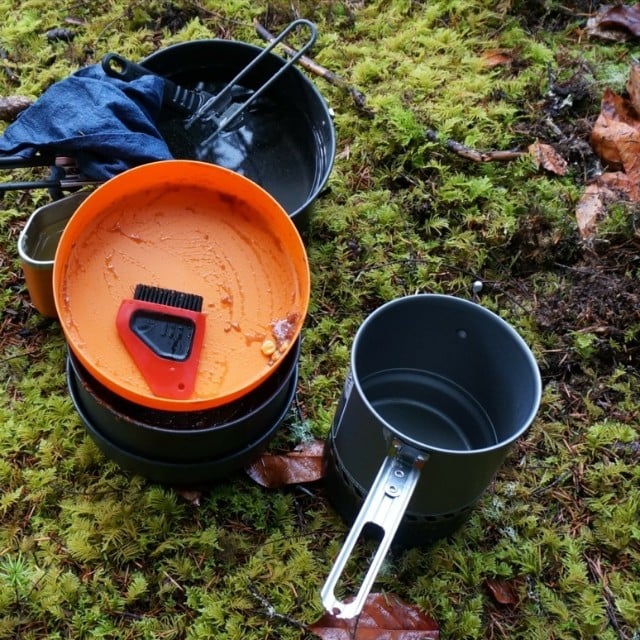
Always clean dishes 200 feet away from a water source and remember that any discarded food scraps will immediately start attracting critters in a variety of sizes (if you’re traveling in bear country, you might want to check out these guidelines as well). You can dig a pit for waste, but the best way to avoid animal encounters is to consume the evidence. Licking your bowl clean is one method, or rinse the bowl or pan with water, scrape off any food bits and drink it all down. It may seem disgusting, but if you look at it from a waste-reducing perspective, this is the food you just ate, and water you were going to drink at some point anyway. Problem solved.
3. Cut down on trash beforehand
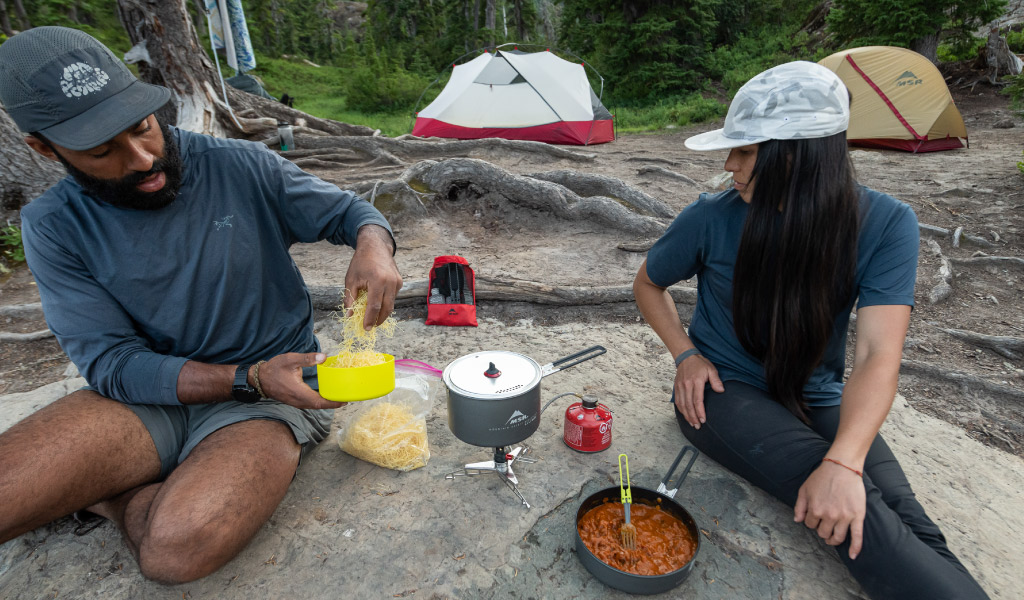
Before even stepping out on the trail, one of the best ways to reduce waste is to cut down on potential trash at home. This means planning your meals out and packaging accordingly. Remove ingredients from their original containers and package meal servings in Zip-Loc bags (which you’ll wash and re-use at home, right?!) and avoid cans or other metal containers as you’ll have to carry those out.
4. Cook stoves trump camp fires
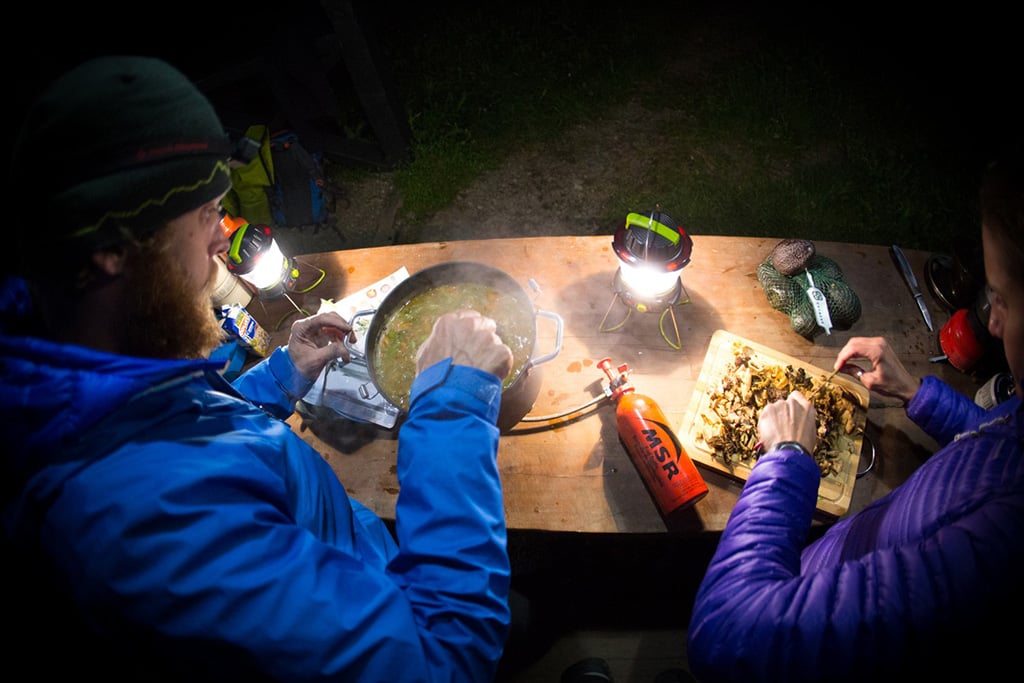
Yes, there’s a certain romanticism to cooking a wilderness meal over the camp fire, but no matter how well it is built, a camp fire will always leave a mark. And besides, climate change is bringing on early and more dangerous fire seasons, so skipping a campfire the backcountry is the best option. The only true impact-less cooking tool is a portable camping stove, and with a fully contained flame, the dangers of starting a significant fire event are far less (though not impossible). Remember to cook on a rock or gravel surface to avoid damaging vegetation. Also, liquid fuel stoves offer refillable fuel bottles, leading to less waste than their butane-tank counterparts.
5. Adjust your personal hygiene
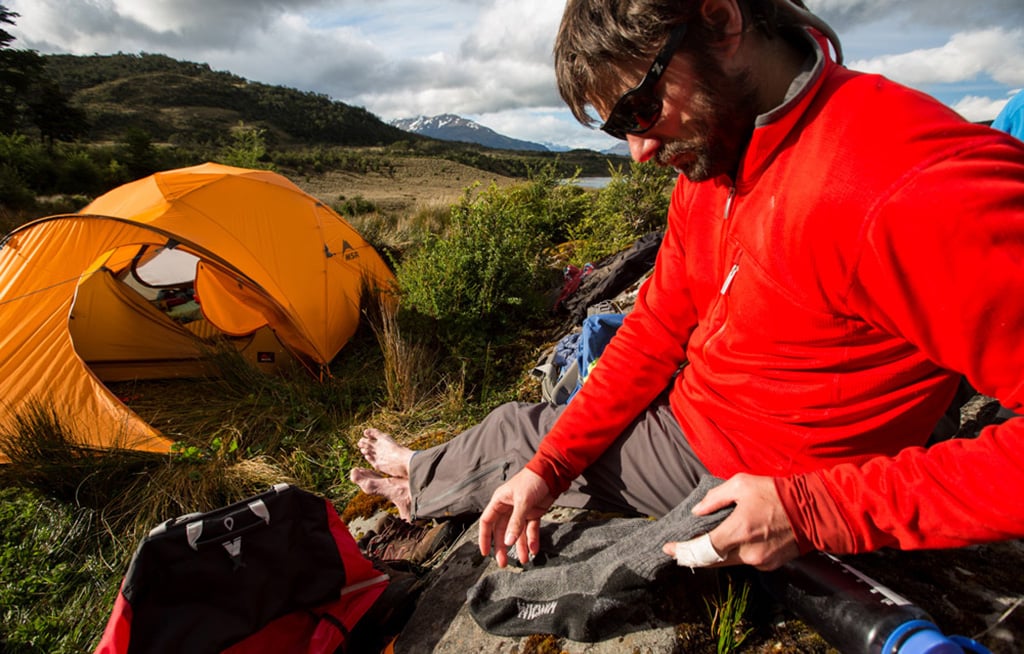
While it’s important to stay clean in order to avoid illness or disease, standards in the backcountry should be adjusted to protect the environment. Don’t wear any strong scented creams or perfumes as these will attract animals. Keep in mind that many shampoos and body washes may fit in this category. Also, instead of bringing disposable wipes to stay clean, opt for hand sanitizer and bio-degradable camping soaps to avoid a buildup of unnecessary trash.
And when it comes to number two, there are a couple of things to remember. First, if you’re going anywhere even remotely popular, pack some WAG Bags and pack out your poop. This is rapidly becoming the new norm so get used to it. It’s also a huge win for minimizing our impact. Honestly, the worst thing about packing out your waste is the smell and figuring out where to keep it. Plan ahead and carry a lightweight drybag just for this purpose. You can strap it to the outside of your pack and it will remain protected and reduce odors significantly.
If you’re rolling in remote places, burying your waste is still acceptable. Just be sure to dig a proper hole at least 6″ deep, 200 feet from a water source. and cover your waste completely. Wiping with natural alternatives (read: pine cones and larger pebbles) will be the ultimate in waste reduction, but not all that comfortable. If you opt for toilet paper, make sure you find a secure way to pack it out. You can roll the dirty paper into clean sheets and place the small wad into a baggie. Leaving behind toilet paper or poorly buried waste can create some serious sanitation issues for future travelers, not to mention be dug up by animals, so be conscientious.
And your four-legged companion? Since you won’t be digging him or her a latrine, that waste is your responsibility, so make sure to pack enough poop bags for you both for the entire trip.
Related Posts:
- How to Wash Dishes While Camping in the Backcountry
- Tent Care 101: Keeping Your Tent Clean & Dry
- Clean Water Solutions to Prepare for Emergencies
Updated. Originally Published December 14, 2018.

